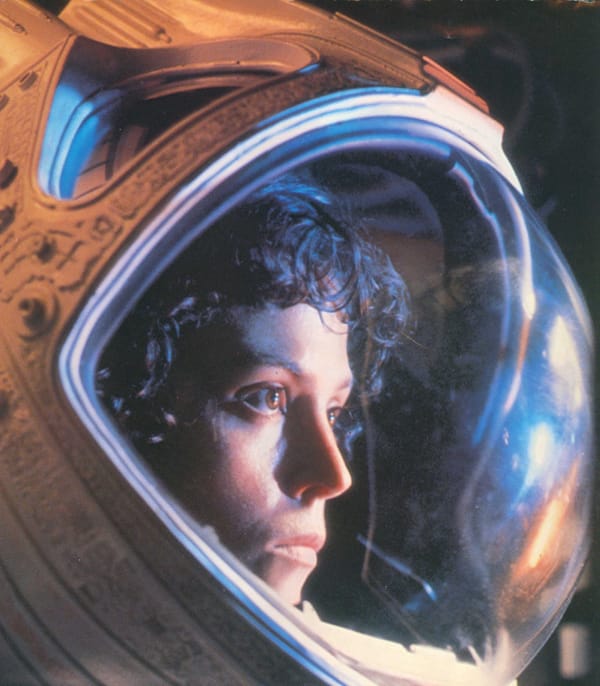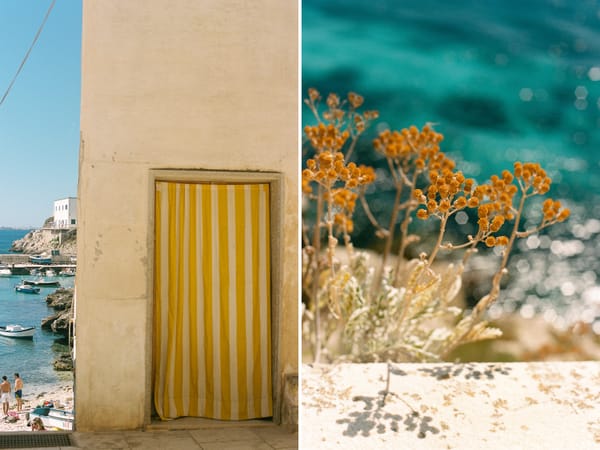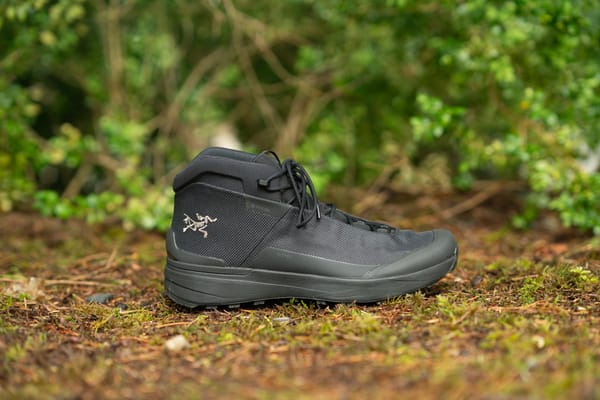A Review Of Kodak Ektar 100 Film
Shooting film while traveling is an interesting experience. Since you don’t get to see what you’ve shot for quite a while, it becomes even more rewarding when you finally do get to see the results.
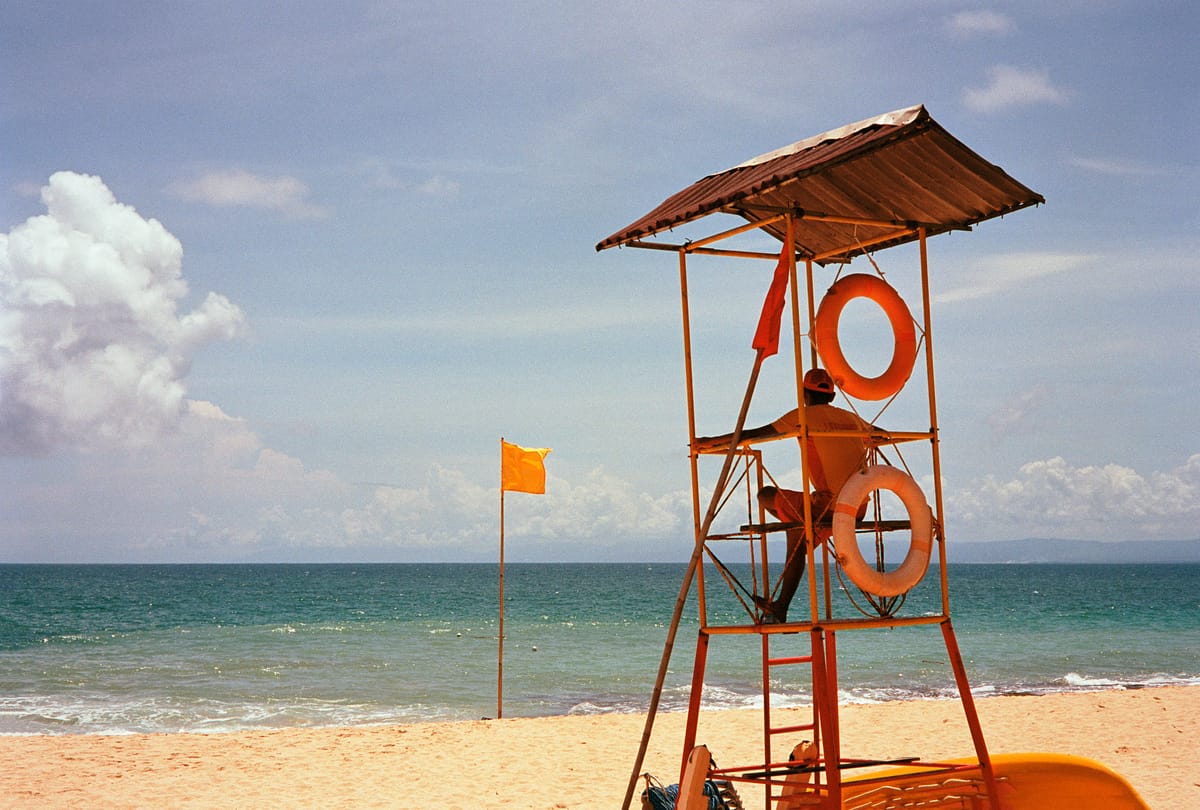
Decaf Journal is reader-supported. When you buy links through our site, we may earn an affiliate commission.
Back in March 2018, my wife, son, and I had the pleasure of visiting Bali for the first time. I'd always heard great things about Indonesia, so the idea of documenting our trip on film became exciting to me. My go-to color film has always been Kodak Portra 160 for it's perfect skin tones and muted palette.
For this trip however, I wanted to capture vibrant colors and do the beautiful surroundings justice. Slide film first came to mind, but the thought of working with such a narrow dynamic range wasn't appealing to me.
That’s when I decided on Kodak Ektar, an ISO 100 color negative film that has super saturated colors, very little grain, and a wide dynamic range (perfect to keep detail in the skies). I ended up buying ten rolls to use with my Zeiss Ikon ZM rangefinder, along with the Zeiss 50mm Sonnar 1.5 lens.
The 50mm focal length is somewhat of an odd choice for landscapes, but I love the challenge of trying to make a scene look interesting with a field of view similar to how the human eye sees the world. I’m so glad that I chose Ektar on this trip, because using Portra would never have done justice to the amazing colors that Bali offers.
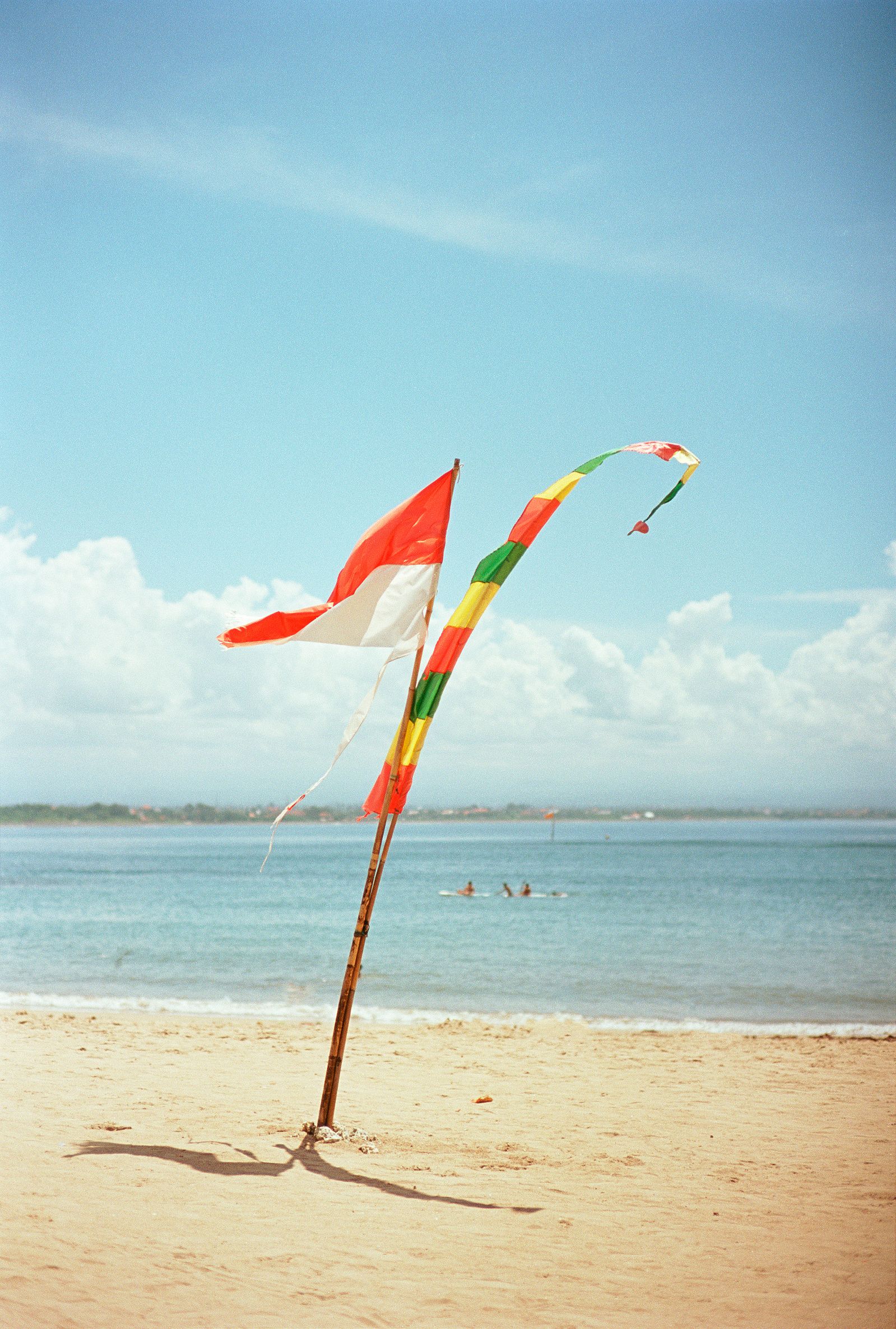
While I’m absolutely in love with how Ektar renders the colors of landscapes, nature, and food, it’s a lot less ideal for skin tones. Since I scan everything myself, I ended up having to do a fair amount of color correction on my portraits shot on Ektar as the skin tones ended up being very red. It’s not too bad if a person is a small part of the overall image, but if the main focus is a portrait, there are many better choices for beautiful skin tones out there.
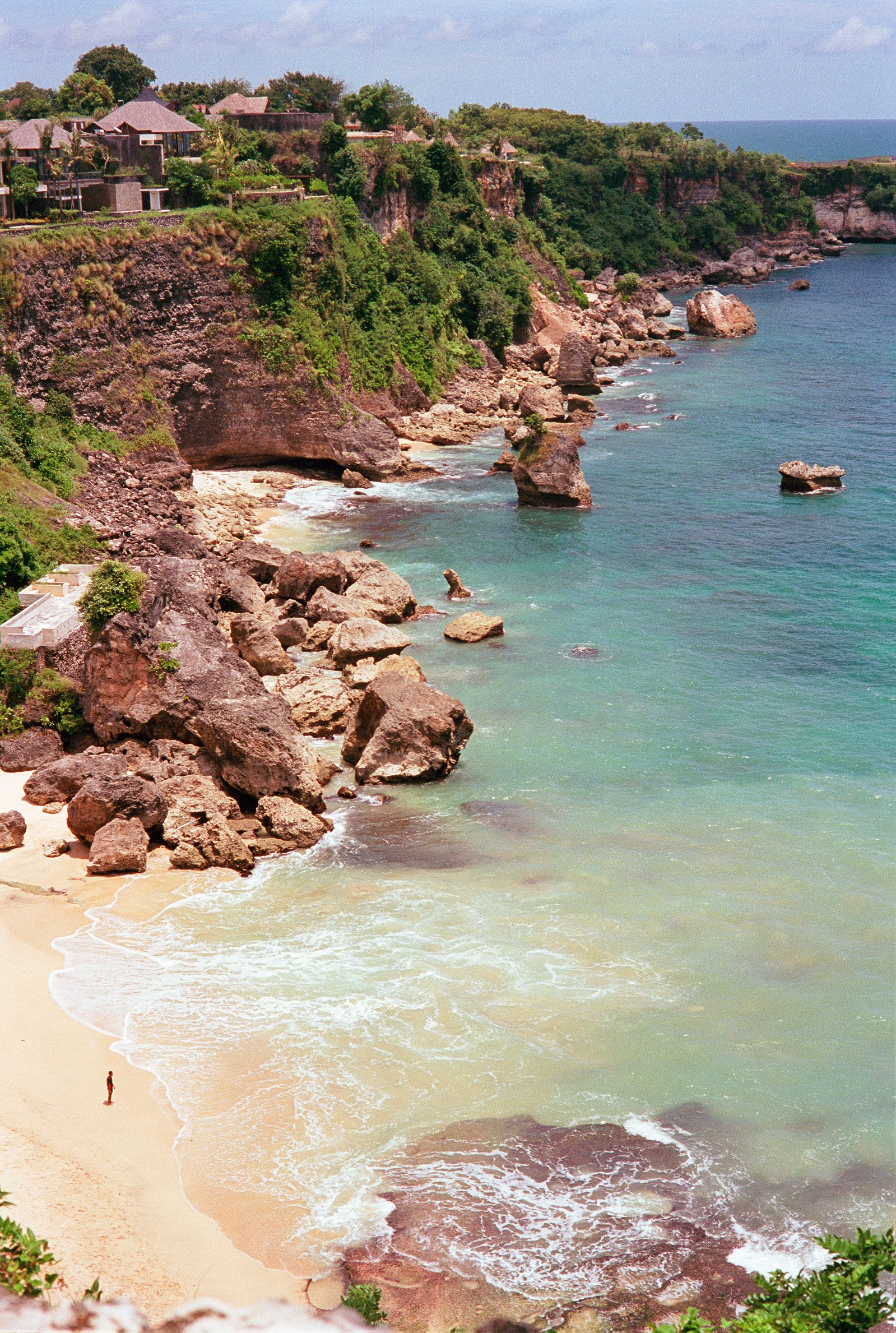
My favourite thing about film in general, is that it already has a specific look built in, and it doesn’t take a lot of effort to get an image exactly where I want it to be. With the exception of people pictures, I barely had to make any adjustments to my scans as the colors were captured beautifully.
I scan all of my 35mm work on a Plustek 8200i SE, and an Epson V800 for medium format. I also use Silverfast for the scanning software, which is a bit of a pain at first to learn, but once familiar with the program, the results are sublime.
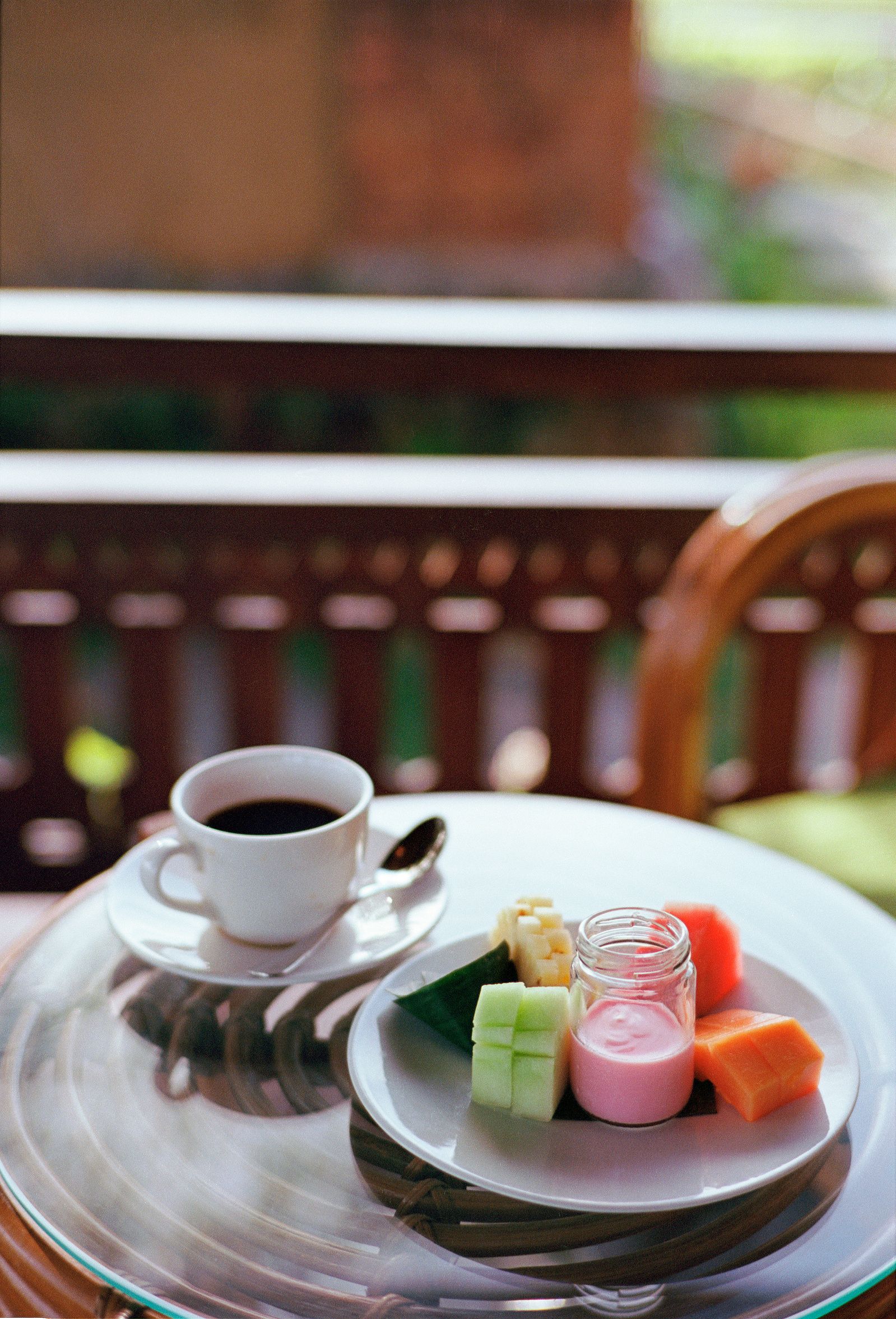
Exposure-wise, I metered at box speed which is ISO 100. I normally overexpose my film by at least one stop (except for Portra 160 which I expose at 100), but after reading reviews online from other photographers advising that overexposing Ektar results in washed out colors, I decided to shoot it as is. I don’t regret it either. I only ended up screwing up around 3 shots due to underexposure, and the rest turned out beautifully.
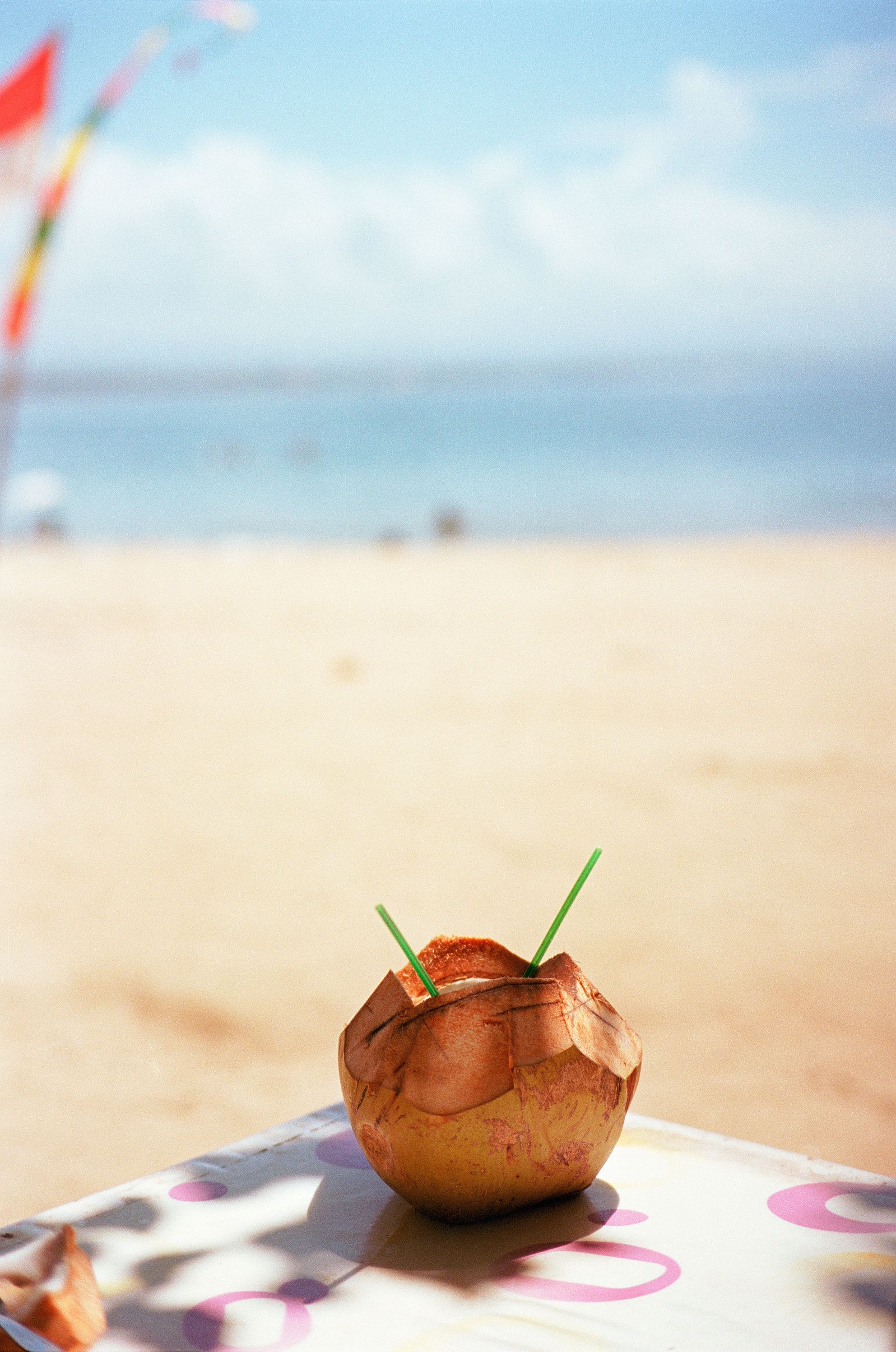
If you’ve never been to Bali before, I absolutely recommend it! It’s gorgeous, affordable, and in general the food is healthy and nourishing. Definitely bring some probiotics though (a good travel tip anywhere), as I did have a mild food poisoning episode that left me feeling pretty awful for a couple of days. The locals are very kind, and many of the resorts we visited were so picturesque that they almost didn’t seem real.

Shooting film while traveling is an interesting experience. Since you don’t get to see what you’ve shot for quite a while, it becomes even more rewarding when you finally do get to see the results. In fact, I’d forgotten about a few of the shots that I’d taken, and seeing them instantly brought me back to that time. I think that’s one of the things that film does best.
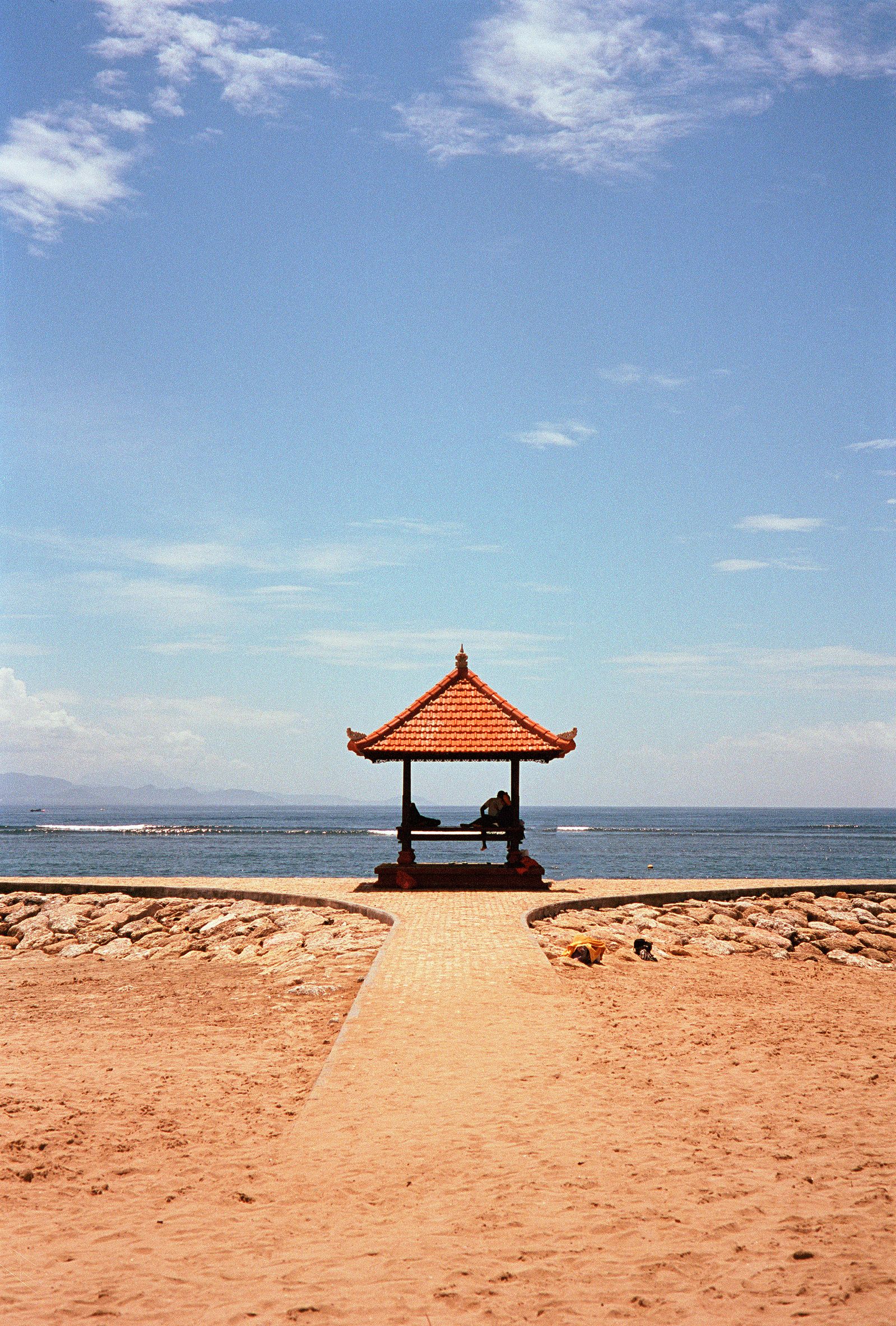

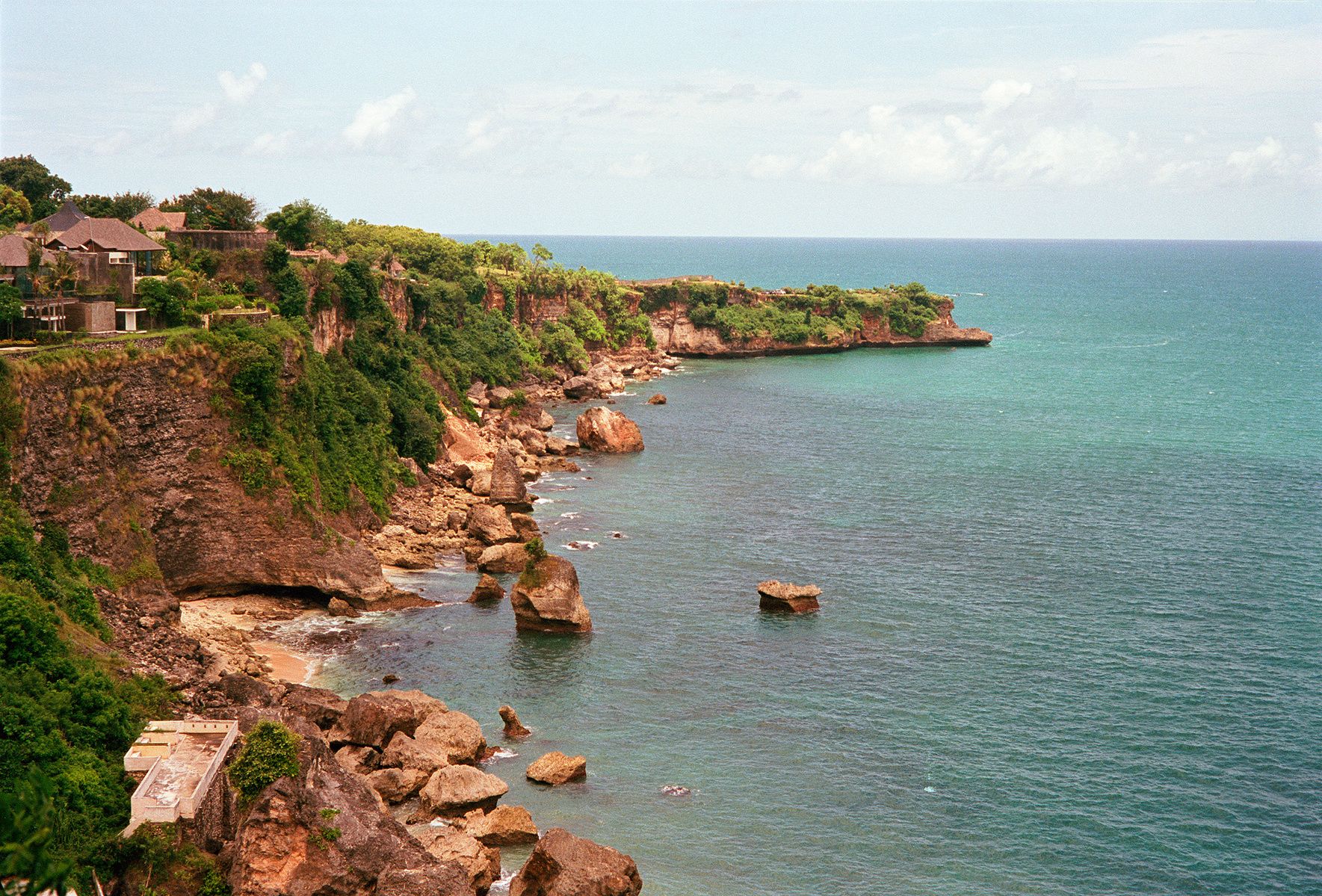
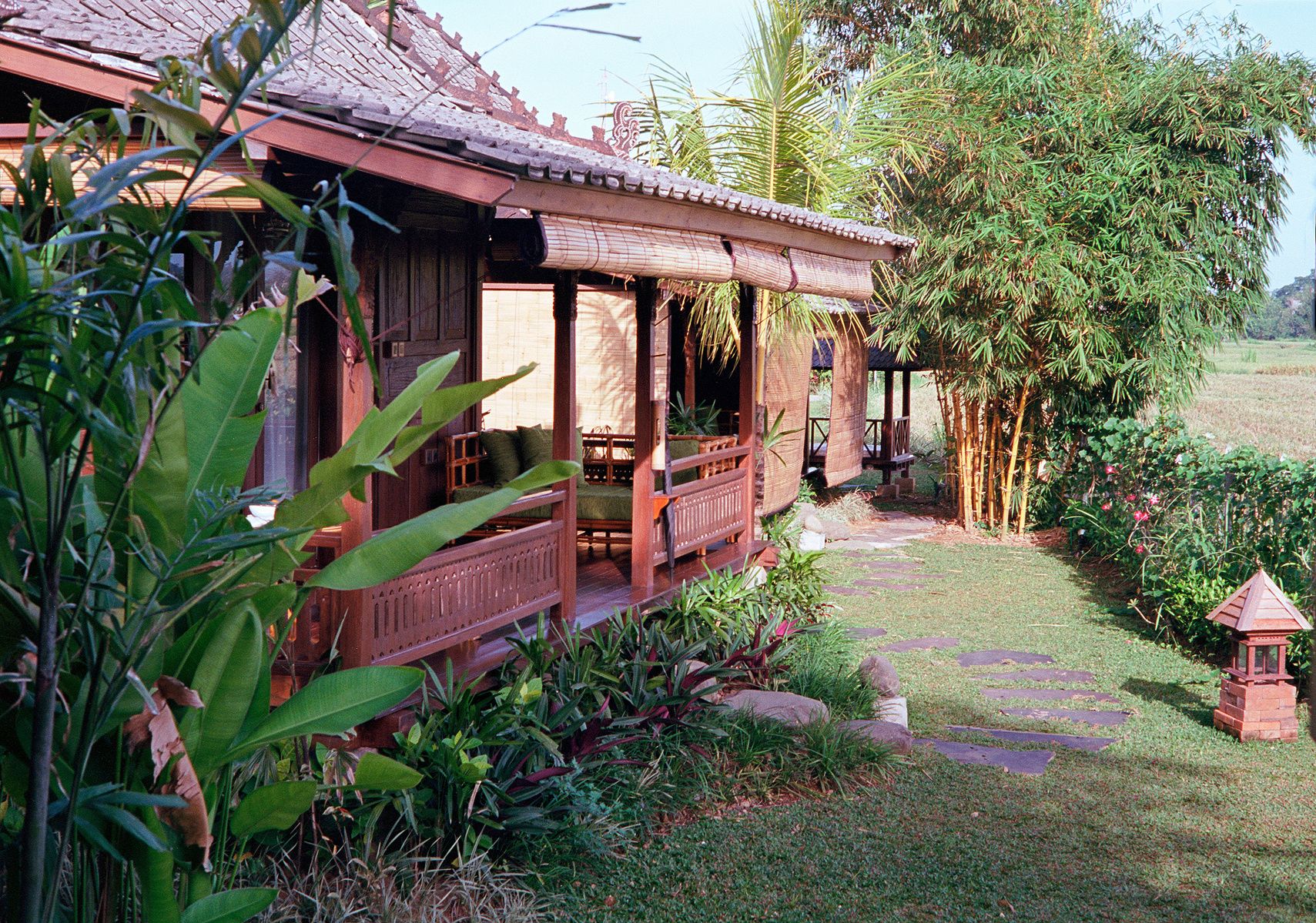
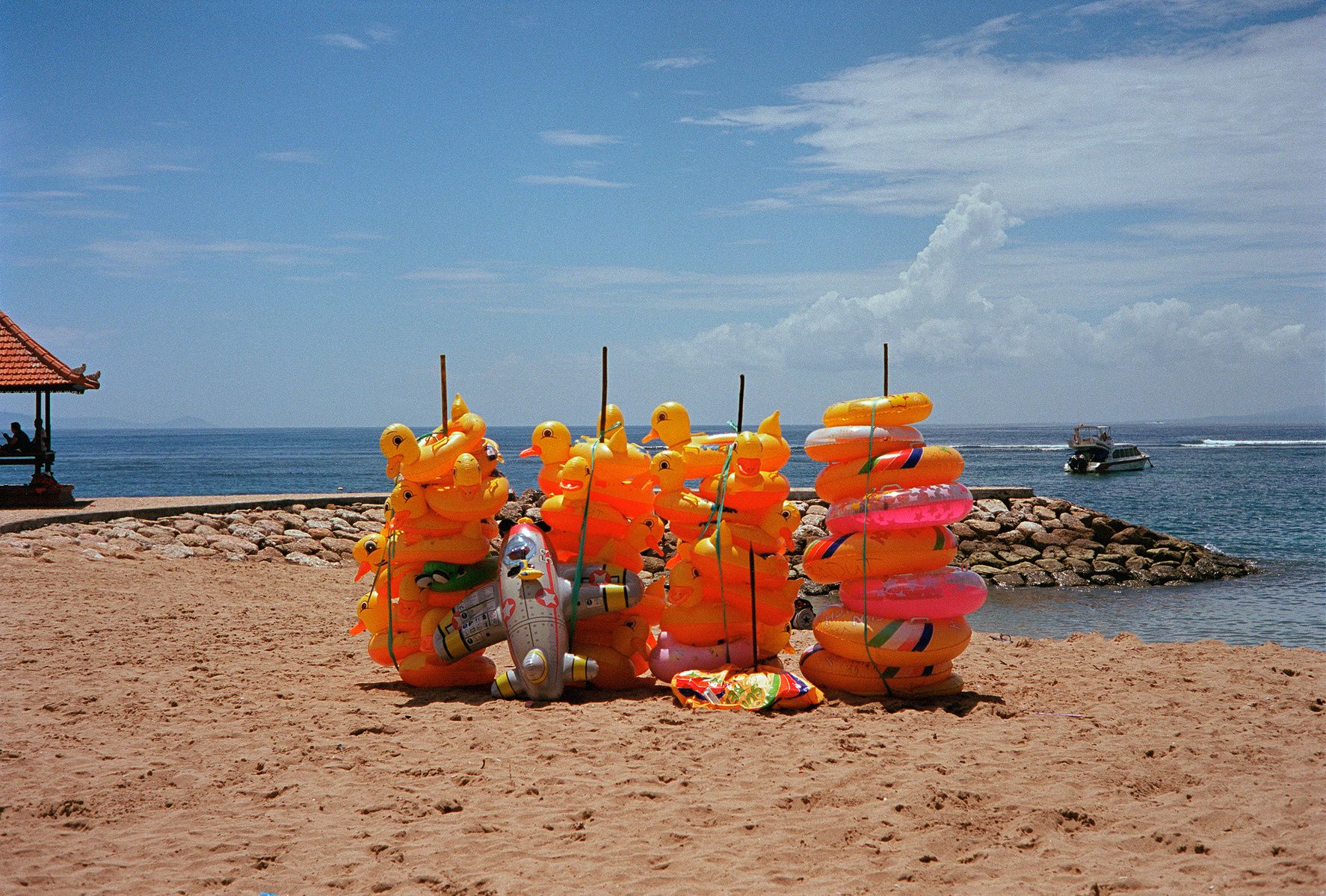
Stay tuned for my next post, which is my review of the Zeiss C Sonnar T* 50mm f/1.5 ZM lens. This lens absolutely shines when it comes to portraits, and I’ll be sharing my best people pictures from this trip with you as well.



